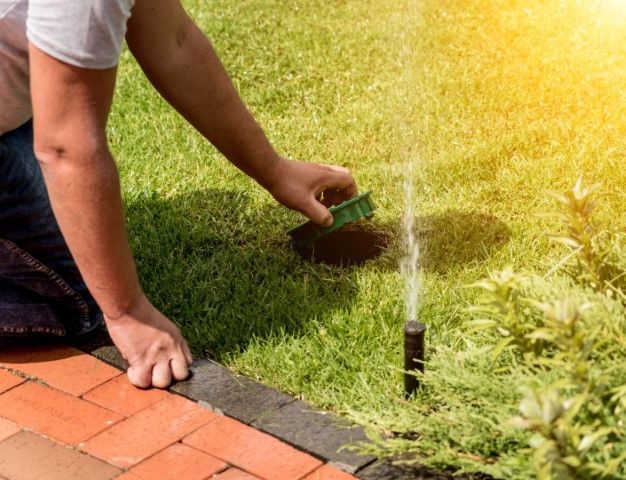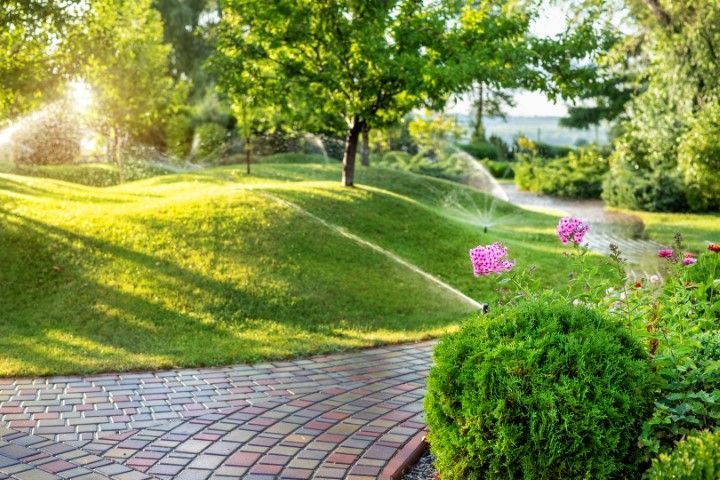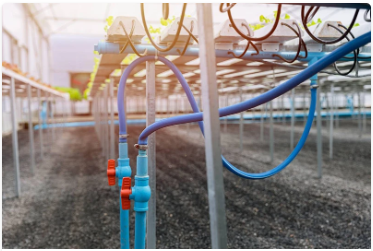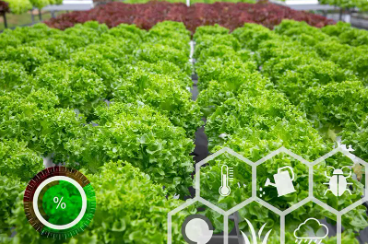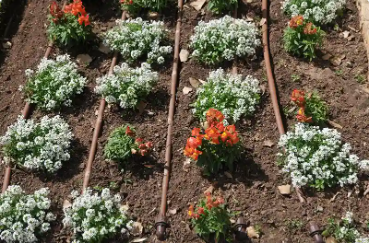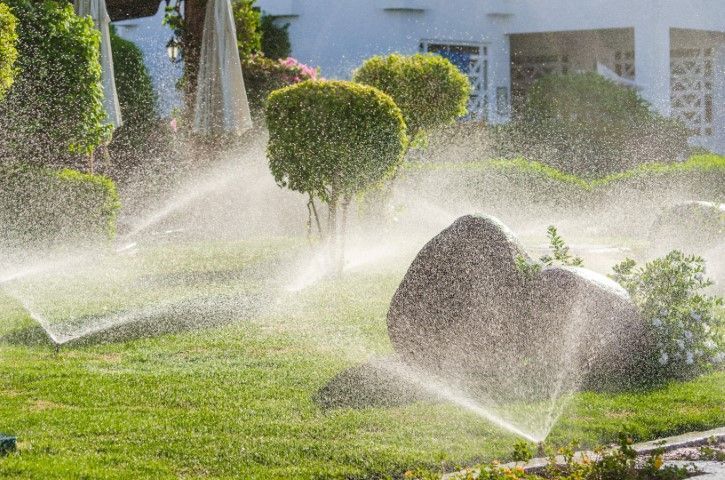Seamless Drainage Solutions: Enhancing Your Residential and Commercial Landscapes
Seamless Drainage Solutions: Enhancing Your Residential and Commercial Landscapes

As you contemplate the impact of weather and water flow on your property, it’s essential to consider how seamless drainage solutions can significantly elevate the functionality and aesthetic of both your home and business environments. Whether you’re dealing with soggy gardens or flooded parking lots, selecting the right type of drainage system—be it French drains, channel drains, or dry wells—can dramatically alter your landscape’s health and longevity. But, how do you determine which system best matches your specific needs, and what installation strategies should you employ to ensure efficiency and durability? Let’s explore some critical factors that could transform your approach to landscape planning.
Understanding Drainage Challenges
Addressing drainage issues in your landscape involves understanding the specific challenges posed by soil composition, slope, and local climate conditions. Soil composition, notably, plays a pivotal role. Sandy soils drain quickly but may not retain enough water for plants, while clay soils retain water, potentially causing waterlogging. You’ll need to assess your soil’s texture and structure to anticipate how it interacts with water, especially during heavy rains.
Climate impact is another critical factor. In areas with high rainfall, the risk of soil saturation and runoff is elevated, necessitating strategies to manage excess water effectively. Conversely, arid regions require methods to maximize water retention and minimize evaporation.
Evaluating the slope of your land is crucial. Steeper slopes encourage rapid water runoff, which can lead to erosion and poor water penetration into the soil. On flatter terrains, water tends to pool, creating soggy areas that can suffocate plant roots.
Types of Drainage Systems
To effectively manage water in your landscape, it’s essential to choose the right type of drainage system tailored to your specific needs. Here are three primary types of drainage systems you should consider, each with unique features and applications:
1. French Drains
– Ideal for directing water away from your foundation, French drains utilize a perforated pipe wrapped in fabric and surrounded by gravel. This setup allows water to filter through the gravel and into the pipe, which then redirects the water to a safer location. Drainage materials like crushed stone are crucial here for effective filtration and preventing clogging.
2. Channel Drains
– These are perfect for areas with significant surface water collection, such as driveways and patios. Channel drains are installed in concrete or asphalt and feature a trough-shaped channel that captures water and directs it away through an underground drainage system. Slope considerations are vital to ensure water flows correctly to the drain.
3. Dry Wells
– If you’re looking to manage runoff in a more environmentally sustainable way, dry wells might be your answer. These systems collect water and allow it to gradually percolate back into the soil, reducing erosion and water stagnation. They are particularly effective in areas with suitable soil permeability and adequate underground space.
Key Features of Effective Systems
Effective drainage systems hinge on several key features that ensure longevity and functionality, catering specifically to your landscape’s needs. One crucial aspect is the use of waterproof materials. These materials prevent water seepage and erosion within the system, maintaining its integrity over time. They’re especially vital in areas prone to heavy rainfall or where subsoil moisture levels are high. You’ll find that incorporating robust waterproofing solutions like PVC or rubberized liners can substantially mitigate potential damage from water infiltration.
Another fundamental element is conducting a thorough slope analysis. This isn’t just about ensuring that water flows away from buildings or critical infrastructure but also involves tailoring the drainage design to the natural topography of your landscape. A detailed slope analysis helps in identifying the optimal gradient for water to travel efficiently without pooling or causing erosion. It’s all about balancing the elevation differences across your property to facilitate a smooth water exit strategy.
Installation Best Practices
When installing drainage systems, it’s crucial to align the components precisely, ensuring seamless functionality and adherence to design specifications. You’ll need to consider not only the technical details but also the practical aspects of installation. Here’s how you can optimize the process:
1. Contractor Selection:
Choose a contractor with a solid track record in drainage system installations. Look for licensed professionals who specialize in both residential and commercial landscapes. Their expertise can significantly influence the quality of the installation and the system’s long-term reliability.
2. Pre-Installation Assessment:
Before installation, a thorough site evaluation is mandatory. This includes assessing soil type, topography, and existing drainage patterns. Such a detailed assessment will guide the configuration of drainage components to ensure they work effectively within the unique constraints of your site.
3. Installation Timeline:
Develop a realistic timeline with your contractor. This should include key phases such as site preparation, installation, and testing of the drainage system. A well-planned timeline ensures that the project progresses smoothly without overlooking any critical steps.
Maintenance and Upkeep Tips
Regular maintenance ensures your drainage system’s optimal performance and longevity, addressing any issues before they escalate. To maintain pipe longevity, it’s crucial you periodically inspect and clean out debris. This includes leaves, sediment, and other material that could clog the system, leading to reduced efficiency or damage.
You’ll also want to consider the soil composition surrounding your drainage pipes. Different soil types affect drainage efficiency; sandy soils drain quickly but may allow pipes to shift, while clay soils hold moisture longer and could exert pressure on your drainage infrastructure. To mitigate these issues, ensure proper grading and possibly integrate a geotextile fabric layer to stabilize the soil and prevent pipe misalignment.
Furthermore, check for signs of wear or corrosion in metal components, especially in areas with acidic soil or high moisture levels. Replacing worn parts promptly can prevent more extensive problems down the line.
Lastly, don’t overlook the importance of professional inspections. Having an expert assess your drainage system annually can help identify potential issues early, ensuring that your landscape remains both functional and aesthetically pleasing. By adhering to these maintenance tips, you’ll extend the life of your drainage system and enhance its reliability.
- Avoid These 5 Common Irrigation Blunders Every Homeowner Makes
- Your Go-To Guide for Picking the Perfect Sprinkler System for a Lush Lawn: Handy Tips and Tricks
- Impact of Climate on Irrigation System Design and Operation
- The Role of Soil Moisture Sensors in Irrigation Efficiency
- Cost-Effective Irrigation Solutions for Small Gardens
